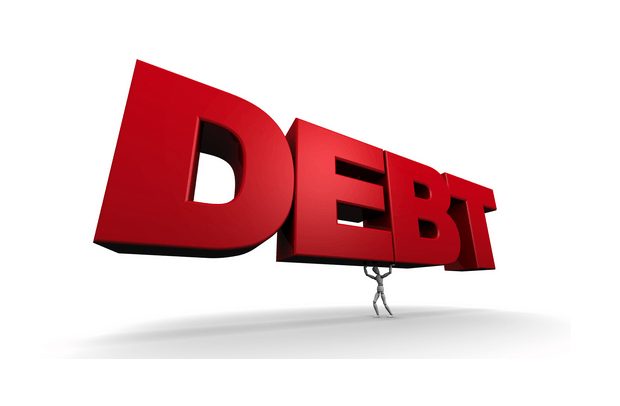
Policy think tank Danquah Institute (DI) has addressed misconceptions regarding the reasons behind the low fiscal deficit, asserting that it is not solely due to increased revenue under the current government.
Addressing the press during a second edition of the Institute’s planned monthly media encounter held yesterday, dubbed “Profiling & Analysis of Ghana’s Debt from 2009 to 2023”, DI Head of Research, Dr. Frank Bannor, explained that contrary to popular belief, data from the Ministry of Finance reveals the highest total revenue and grants as a percentage of GDP in the last 15 years was recorded in 2012 under the NDC government, reaching 20.9% of GDP.
Dr. Bannor highlighted that despite the high revenue in 2012, a fiscal deficit of 11.6% of GDP was recorded. In contrast, he intimated that the highest revenue and grants as a percentage of GDP under the current government was 15.8% in 2022.
“We have so far analysed public debt as a percentage of Gross Domestic Product (GDP), and provided a thorough explanation on the fiscal deficit. Nonetheless, one important question that begs for answer is, what has government used the money borrowed for?, he asked.
He said “Like I have said before, even though in normal political discourse in Ghana public debt gets a negative press. It is however an important economic tool and the source of investment financing for governments all over the world”.
He pointed out that available data for the period, 2017 to 2023, show that the present government had added about $21.1 billion to the stock of public debt. However, he emphasised that the NPP government had judiciously expended the funds and there are significant tangible testimonies that account for the resources.
Debt situation
On Ghana’s debt situation, Dr. Bannor emphasised that the governing New Patriotic Party’s performance in governance has always resulted in a better debt management, compared to the opposition National Democratic Congress (NDC).
He pointed out that, following the attainment of the HIPC completion and external debt relief, Ghana witnessed a remarkable decline in its public debt to GDP ratio, from 182% in 2000 to 32% by the end of 2008.
He explained that the public debt, which was recorded at $8.07 billion in 2008, skyrocketed to $29.2 billion by 2016, indicating a more than threefold increase. This surge, he said, propelled the debt-to-GDP ratio to 73.1% by the close of 2016. He stressed that this represents a growth rate, or an increase of about 261.83% in the total public debt stock under the NDC, from 2009-2016.
Dr. Bannor stressed that this rate of change indicates that on average, the NDC government added 32.75% debt to Ghana’s debt stock every year between 2009 to 2016. He added that this trajectory was even worse between 2012 to 2016. “The public debt, which stood at $15.3 billion in 2011, increased to $29.2 billion by the end of 2016, indicating a growth rate of 90.85% from 2012 to 2016,” he pointed out.
He stated that this astronomical increase in the debt stock represents one of the worst management of the public debt in recent times. According to him, the public debt, which stood at $29.2 billion in 2016, had increased to $51.04 billion as at the end of 2023.
Public perception
He maintained that contrary to public perception, this marks a little over one and half increase in the overall public debt stock under the NPP. This rate of change, he mentioned, represents an increase of about 74.79% in the total public debt stock, compared to a growth of 262% from 2009 to 2016.
He indicated that, unlike the trajectory between 2009 to 2016, the NPP, on average, has added about 10.68% to Ghana’s debt stock every year between 2017 to date. He described it as a rate far lower than the 32.75% witnessed under the NDC.
“We employ the US dollar in our analysis due to its status as the world’s primary reserve currency, and its widespread usage in international trade. Furthermore, the US dollar is recognized for its stability, maintaining its unit of account and purchasing power consistently over extended periods,” he said.
Another important takeaway from this analysis, he mentioned, was that foreign currency debt carries an exchange rate risk. “This implies that the debt stock in local currency terms could even rise with no new borrowings,” he stated.
For example, he pointed out that the public debt of $29.2 billion in 2016 would have been the equivalent of about GHc380 billion currently without any additional borrowing.
Read Full Story


















Facebook
Twitter
Pinterest
Instagram
Google+
YouTube
LinkedIn
RSS